
Gone in a flash: ‘Floaters’ in field of vision can warn of vision issue
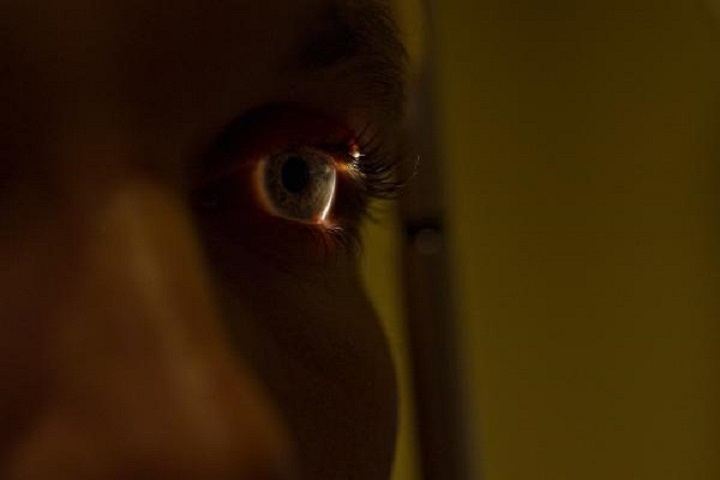
Seeing flashes of light or floating debris-like shapes appear in your field of vision should be reason to visit a provider, experts say. These symptoms can indicate retinal issues, which may lead to retinal detachment. (U.S. Air Force photo by Staff Sgt. Perry Aston)
At first, flashes of light or floating debris-like shapes appear in a person’s field of vision. If the condition progresses, a curtain of darkness can be seen as the field of vision narrows. In Jane Acton’s case, it was a sudden flash of light that limited the field of vision in her right eye.
“I just remember thinking, ‘That’s not good,’ but it was 1 or 2 in the morning, so there was nothing I could do about it then,” said Acton, who had been experiencing flashes of light and ‘floaters’ for years. She was on a work trip in Reno when a spider web-like flash occurred as she rolled over in bed. “When I woke up, I could tell my vision was different.”
As the morning progressed, Acton could see her field of vision narrowing into a curtain-like effect. She quickly sought out a retinal specialist who confirmed the diagnosis: retinal detachment. She was offered the option of undergoing surgery in Reno, which would require her to remain there for recovery.
After discussing risks with her provider, Acton chose to undergo the procedure closer to home. She flew back to the East Coast and sought care at Walter Reed National Military Medical Center in Bethesda, Maryland, where her doctor awaited her arrival.
The National Eye Institute describes the retina as a light-sensitive layer of tissue that lines the inside of the eye and sends visual messages through the optic nerve to the brain. When the retina detaches, it’s lifted or pulled out of position.
“The most important aspect of retinal detachment is early detection and prevention,” said Dr. David Eliason, an ophthalmologist and deputy director for the Department of Defense/Veterans Affairs Vision Center of Excellence located at Walter Reed.
A common cause for retinal detachment is a hole or small tear in the retina, which allows fluid to pass through and collect behind the retina until it separates from the wall of the eye, Eliason said. If a retinal tear is diagnosed before it becomes a detachment, it can be treated with a simple, low-risk laser procedure.
Nearsightedness, age, family history of retinal issues, and patient history of eye surgery or trauma can increase risk for retinal detachment. Lattice degeneration, a condition of the retina in which portions are particularly weak and prone to tearing, is also a risk factor. In Acton’s case, the detachment was a result of higher than average nearsightedness, caused when the eyeball is slightly longer than average or the cornea is too curved. As the retina is stretched over a larger area, it has a greater chance of tearing, Eliason explained.
Symptoms of retinal detachment include seeing light flashes as well as floaters, which are pieces of tissue that have been torn off the eye wall and float in the clear and thick fluid that fills the eye. According to the NEI, floaters are small, dark shapes that can look like spots, thread-like strands, or squiggly lines, and move as the eyes move. They don’t follow eye movements exactly, usually drifting when eyes stop moving and seeming to dart away when attempts are made to look at them directly.
When Acton began having these symptoms about 10 years ago, before the diagnosis of detached retina, she sought medical help and continued to be monitored for tears or detachment over time. On a few occasions, she underwent laser treatment to prevent retinal tears.
“Because I’ve been myopic my whole life, I’ve stayed on top of my eye health and I’ve educated myself about vision issues,” said Acton, who started wearing glasses at age 6.
Retinal tears and detachment can only be diagnosed through a dilated eye exam. Depending on the severity of the case, treatment can range from laser treatment to surgery, sometimes requiring more than one procedure, said Eliason.
“The sooner a person seeks medical attention for symptoms, the better the outcomes can be for that patient’s vision,” he urged. “The smaller the detachment and the earlier the intervention, the less likely that the patient will require multiple surgeries.”
Once the retina has detached, surgery is necessary to reattach it, but a successful surgery does not guarantee that a patient will regain full vision, said Eliason. If the center of the retina, which is used for 95 percent of vision, becomes detached, permanent loss of function in that eye is likely, he said.
“When the retina has just begun to detach, a difference of hours in delay for treatment can have lifelong consequences,” he said.
In preparation her surgery, Acton had a gas bubble inserted in her eye to hold the retina in place until the detachment-repair surgery could be performed. As part of her surgery, a larger bubble was inserted to help keep the retina in place during the healing process. Movement was restricted, which meant spending two weeks lying on her side for 23 hours a day.
“My vision is back, not 100 percent yet, but my prescription hasn’t settled yet,” said Acton. Now six months post-surgery, she described recovery as successful. After taking the time she needed to heal, she is free to do what she wants again.
“Retinal detachment is not something a lot of people know about, but they may be at risk and there’s a lot at stake,” said Acton, stressing the importance of being aware of the signs and getting an eye exam. “If you see sudden flashes, a lot of sudden floaters, or a curtaining effect in your field of vision, get to your eye doctor ASAP. You can’t let it go, or you’re putting your long-term vision at risk.”
Call for abstracts open for 2019 Military Health System Research Symposium
Article
2/11/2019
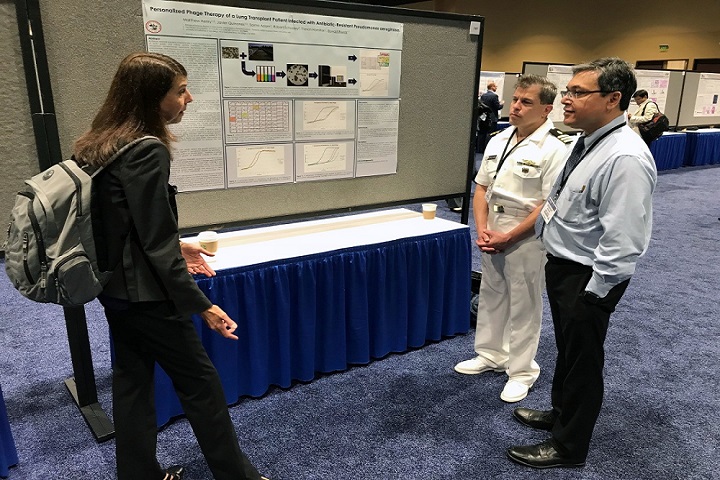
MHSRS is the DoD’s premier scientific meeting and addresses the unique medical needs of the Warfighter
Fairchild's 92nd Medical Group celebrates MHS GENESIS 2-year anniversary
Article
2/11/2019

MHS GENESIS is a DoD-wide electronic health record combing records from base, civilian and Veteran’s Affairs primary care providers, pharmacies, laboratories and dental clinics into one network
Virtual training platform maintains, improves military surgeon’s skills
Article
2/8/2019
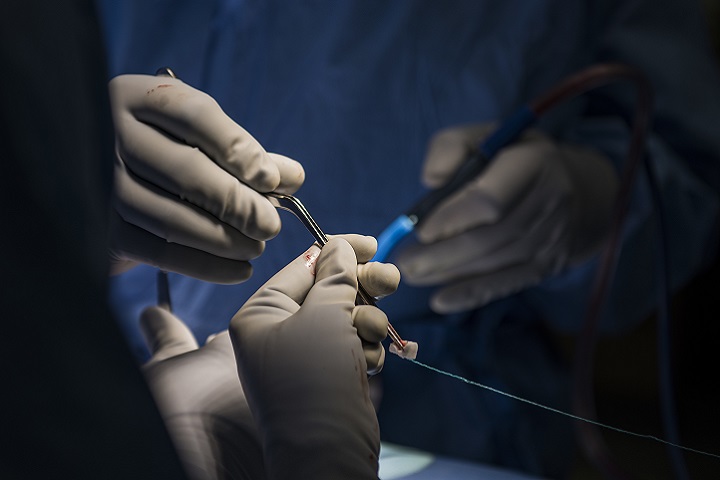
The DoD’s surgeons are talented and qualified, but it takes experience and time to become proficient
Gaining new perspective through vision-correcting surgery
Article
1/29/2019
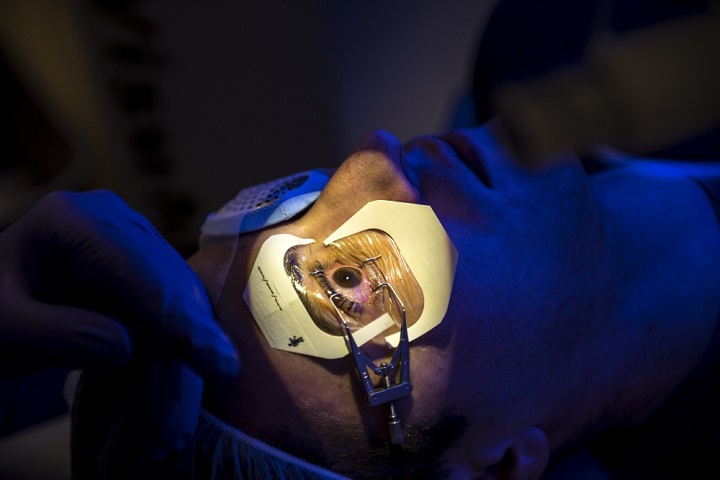
Once deemed a disqualifying factor for service, refractive surgery is now available to active duty service members through a Department of Defense approved program
Military Health System, industry allies work together to improve health care technology
Article
1/29/2019
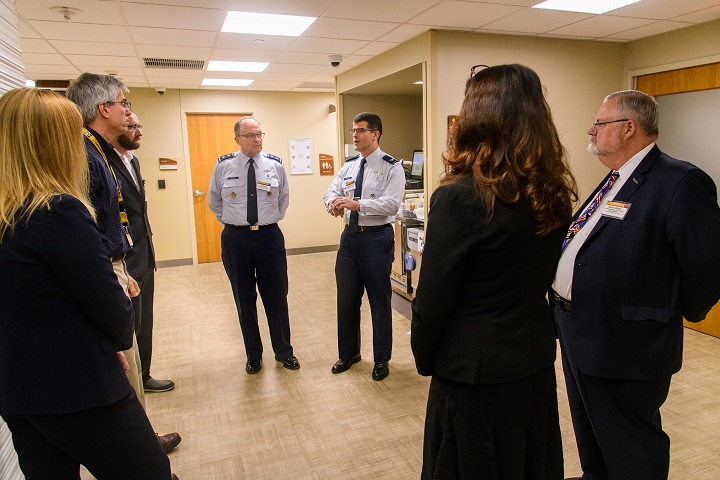
Air Force Maj. Gen. Lee Payne visits University of Missouri’s Tiger Institute for Health Innovation
Wrap your mind around this
Article
1/16/2019
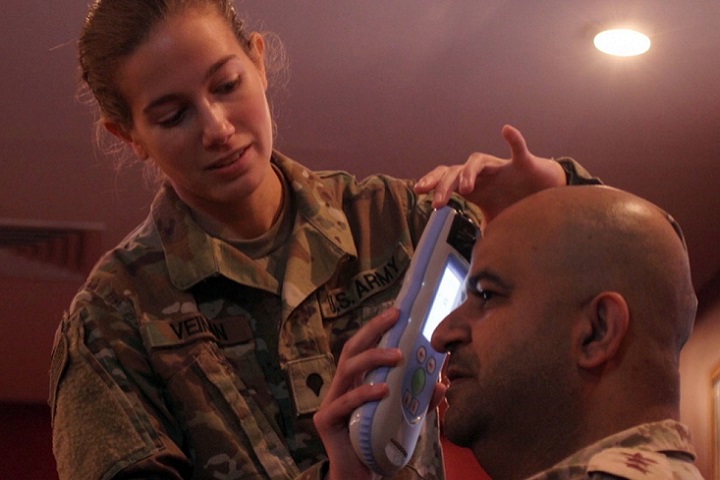
This tool would be particularly helpful in a combat environment
DHA IPM 19-001: Lifecycle Management Services (LCMS) Information Technology (IT) Asset Management (AM)
Policy
This Defense Health Agency-Interim Procedures Memorandum (DHA-IPM), based on the authority of References (a) and (b), and in accordance with the guidance of References (c) through (p), establishes the Defense Health Agency’s (DHA) procedures for implementing and managing IT assets and LCMS/Enterprise Activity functions by the Chief Information Officer (CIO), Deputy Assistant Director, Information Operations (DAD IO)/J-6 for the Military Health System (MHS). This DHA-IPM: • Is binding on DoD Components and supports the Director, DHA, responsibility to develop appropriate management models to maximize efficiencies in the activities carried out by the DHA. • Is effective immediately and will expire 12 months from date of signature. It must be incorporated into a DHA-Procedural Instruction; reviewed annually and updated as determined by the CIO.
- Identification #: 19-001
- Date: 1/15/2019
- Type: DHA Interim Procedures Memorandum
- Topics: Technology
Solution Delivery Division
Fact Sheet
12/11/2018
To deliver information technology solutions to the Military Health System through expert acquisition program management, process reengineering, information translation and sharing, training, and integration activities in order to support and advance the delivery of health care to our patients.
Cyber fitness, awareness key during ‘season of shopping’
Article
11/22/2018

During a popular time of year for shopping, consumers should be aware of scams or fraudulent activity targeting shoppers and email users, experts say. Taking small steps every day to protect information online can make a big difference in the long-term future.
Army medical device cyber team balances benefits and risks of technology
Article
11/8/2018
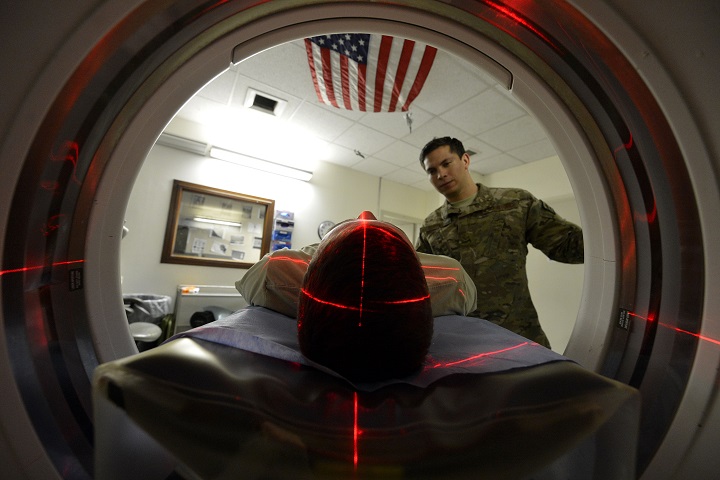
The frequency and severity of cybersecurity attacks against the medical community will continue to rise
DHA IPM 18-018: Physical Custody and Control of the DoD Health Record
Policy
This Defense Health Agency-Interim Procedures Memorandum (DHA-IPM), based on the authority of References (a) and (b), and in accordance with the guidance of References (c) through (p): • Establishes the Defense Health Agency’s (DHA) procedures for the physical custody and control of DoD Health Records at all DoD Military Treatment Facilities (MTFs) and the management, monitoring, review, and evaluation of DoD Health Record availability at MTFs. • This DHA-IPM is effective immediately and will expire effective 12 months from the date of issue. It must be incorporated into the forthcoming DHA-Procedural Instruction, “Health Records Management”.
- Identification #: 18-018
- Date: 11/8/2018
- Type: DHA Interim Procedures Memorandum
- Topics: Technology | Military Health System Electronic Health Record
Cyberfit Family Crossword Puzzle 2018
Publication
11/7/2018
This crossword puzzle provides tips to keep everyone in your family safe online in cyberspace
DHA IPM 18-017: Military Health System (MHS) Information Technology (IT) Investment Management Framework
Policy
This Defense Health Agency-Interim Procedures Memorandum (DHA-IPM), based on the authority of References (a) through (c), and in accordance with the guidance of References (d) through (v), establishes Defense Health Agency’s (DHA) procedures to: • Establish the overarching guidance to implement policies and procedures for managing DHA Deputy Assistant Director, Information Operations (DAD IO)/J-6 Defense Health Program (DHP) IT resources. The DHA Investment Management Framework is used as an enabler for MHS leadership to make informed transparent financial decisions associated with the DHA DAD IO/J-6 systems, services, and capabilities and will continue to be used in the foreseeable future. • Provide full and total awareness of all IT across the enterprise ensuring all MHS healthcare-related IT investments are accounted for and integrated both operationally and financially. This includes all IT systems, applications, and devices and all their funding identified to manage a coherent and integrated healthcare capability across the enterprise. • Provide and supersede guidance and instructions previously provided through the Services. As Military Medical Treatment Facilities (MTFs) transition to DHA management and responsibility, procedures in this DHA-IPM will supersede IT systems guidance and instructions previously provided through the Services; including IT systems in all MTFs, clinics, and enterprise services provided to Other Lines-of-Business (OLB), such as training and research, etc. In addition, it supports a coherent and comprehensive catalog of IT capability investments encompassing all IT used to support the MHS mission. • Require that all funding sources, type and Budget Activity Group (BAG), purchasing or supporting any IT must be identified for inclusion in the DHA portfolio of IT capability investments. • Provide superseding guidance and instruction, through this DHA-IPM until a DHA-Procedural Instruction is issued previously provided by the Services in References (w) through (ad), for the MTFs as they are transitioned to DHA management and responsibility. • This DHA-IPM is effective immediately and it will be converted into a DHA-Procedural Instruction. This DHA-IPM will expire effective 12 months from the date of issue.
- Identification #: 18-017
- Date: 11/6/2018
- Type: DHA Interim Procedures Memorandum
- Topics: Technology
Cyberfit family: Making cybersecurity understandable for all ages
Article
10/30/2018

Protecting the homefront against cybersecurity issues
PEO DHMS celebrates National Health IT Week
Article
10/19/2018
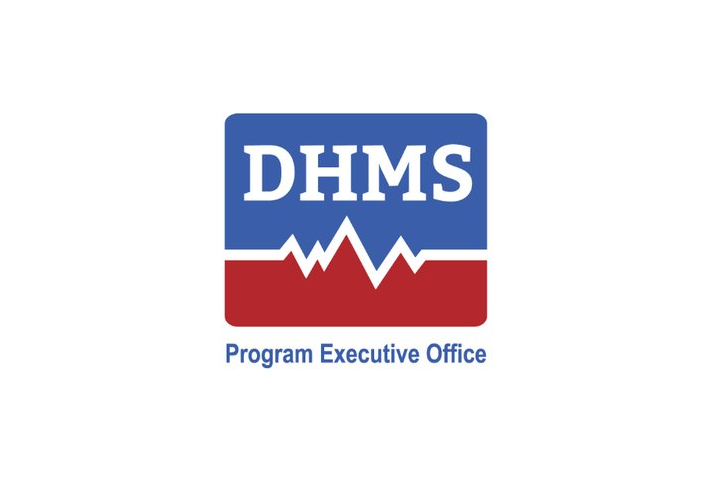
Leaders and staff from the PEO DHMS shared their stories about why health IT is important






















.png)











No hay comentarios:
Publicar un comentario